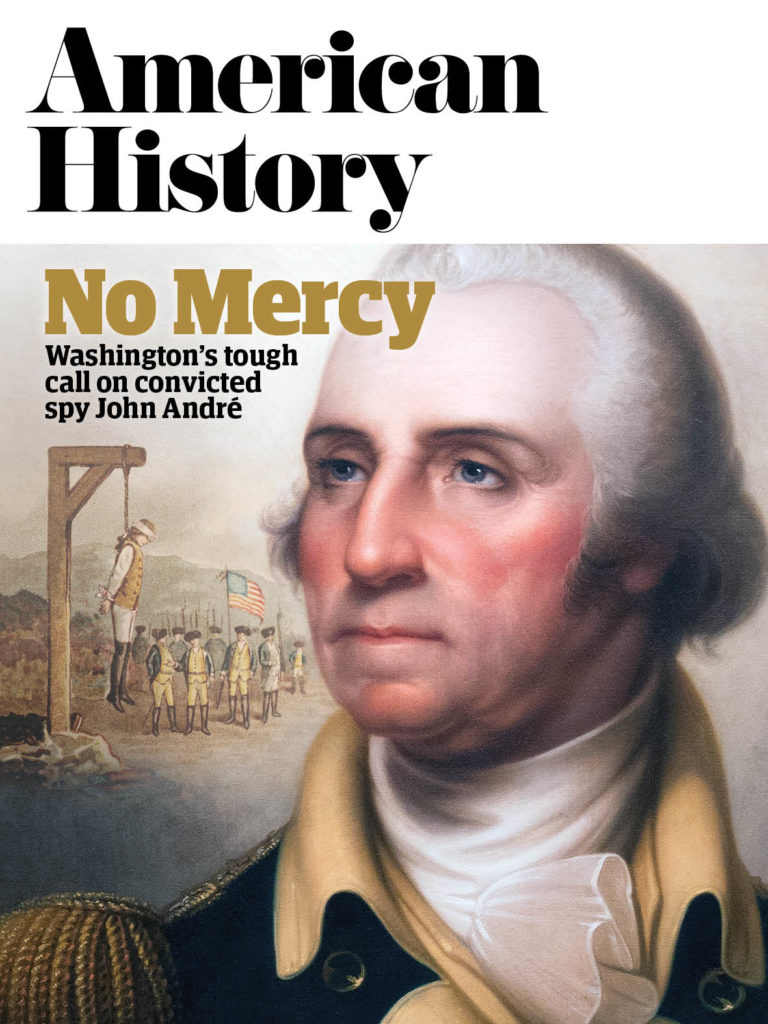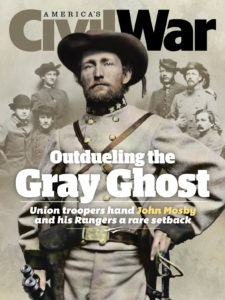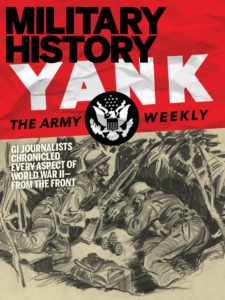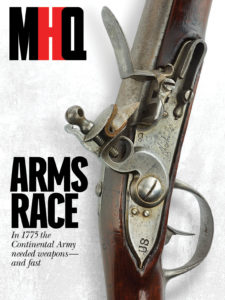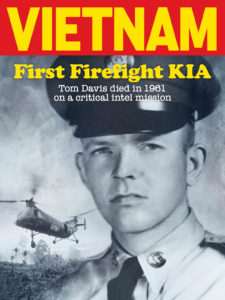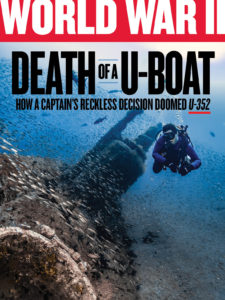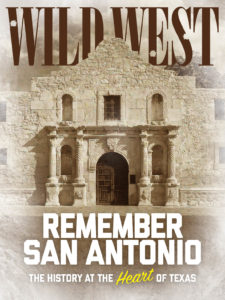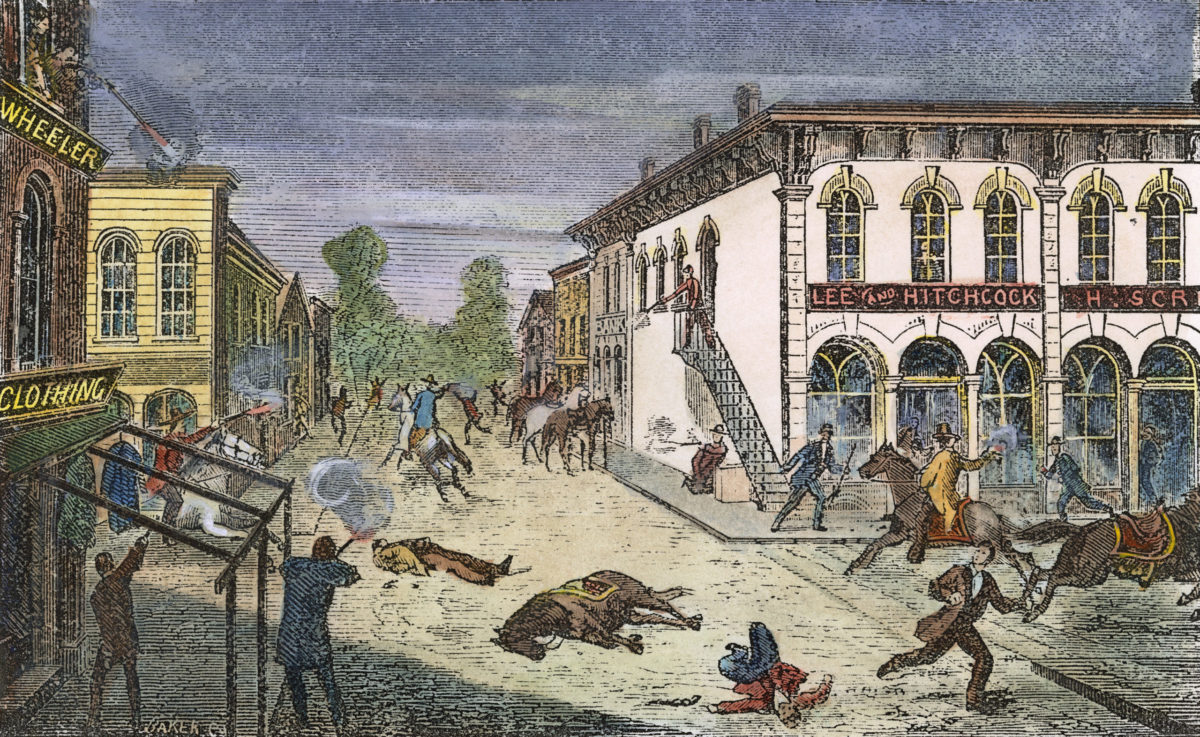When it comes to the two best known outlaws in the Wild West era, I’ve always been drawn more to Billy the Kid than Jesse James, in part because I’ve spent far more time in New Mexico than Missouri. Also, the Kid was more sympathetic. He had good reason to hate and to stand up to the Lawrence Murphy–James Dolan faction in New Mexico Territory’s Lincoln County War, while I regard the notion that Missouri native Jesse was a crusader against Northern oppression after the Civil War a stretch.
When it comes to their careers in crime, though, Jesse has the big edge, having been part of a gang that robbed banks in broad daylight and held up trains. Billy, on the other hand, was a small-time cattle rustler and horse thief.
“If you think of their careers as astronomical events,” wrote Bill Markley in the December 2021 Wild West, “Jesse’s was like a comet, slowly traversing the night sky, while the Kid’s was like a meteor, flaring brightly before falling to earth.”
Northern Ambitions
While traversing the country night and day, Jesse and the rest of the James-Younger Gang committed more than 20 robberies (and were blamed for many more). This most feared, most hated and most celebrated gang was often successful in its endeavors, but a failed criminal venture is what we remember most — the Sept. 7, 1876, Northfield Raid in Minnesota, far from the gang’s usual stomping grounds in the Show Me State.
It was Jesse’s idea to rob a northern bank, according to Mark Lee Gardner, who wrote about the fiasco in his August 2013 Wild West article “The Other James Brother” and in far more detail in his 2013 book “Shot All to Hell: Jesse James, the Northfield Raid, and the Wild West’s Greatest Escape”:“Jesse, learned that noted carpetbagger and former Union General Adelbert Ames was connected to Northfield’s First National Bank [and] pushed for that bank as the gang’s next target.”
Really bad idea! Of course, that’s easy to say in retrospect. One of the James boys (most likely Frank, not Jesse) shot the First Bank of Northfield’s acting cashier, Joseph Lee Heywood, but several Northfield citizens were willing to fight back, and they foiled the whole gang. Two of the outlaws died in the exchange of gunfire in town, as did resident Nicholas Gustavson.
A long manhunt followed, and it ended with another gang member killed and the three wounded Younger brothers — Cole, Bob and Jim — captured and destined for long stints in the state prison in Stillwater. Jesse and Frank, who separated from their fellow gang members during the manhunt, avoided the various posses and lived to rob again in more familiar haunts.
It was indeed a great escape for the James brothers, but was it the Wild West’s greatest? I have always leaned instead toward Billy the Kid’s great escape (in which he killed two of Sheriff Pat Garrett’s deputies) from the Lincoln County Courthouse on April 28, 1881, but at the moment I am reconsidering.
In any case, neither the Kid nor Jesse could escape their fates for long — Garrett shooting down Billy in Fort Sumner, New Mexico Territory, on July 14, 1881, and Bob Ford assassinating Jesse in St. Joseph, Missouri, on April 3, 1882.
It’s one thing to be intrigued by such outlaws but not a good thing to celebrate them. In the case of Jesse James, Northfield has long had a better idea. The Minnesota city continues to commemorate the courage of the citizens who stood up to the James-Younger Gang in September 1876. “Defeat of Jesse James Days,” first held in 1947, is an annual community festival that takes place on the weekend after Labor Day. Featured is a 30-minute raid reenactment staged eight times at the historic First National Bank site. Tours are available of the actual bank, which the Northfield Historical Society restored to its 1876 appearance.
historynet magazines
Our 9 best-selling history titles feature in-depth storytelling and iconic imagery to engage and inform on the people, the wars, and the events that shaped America and the world.
